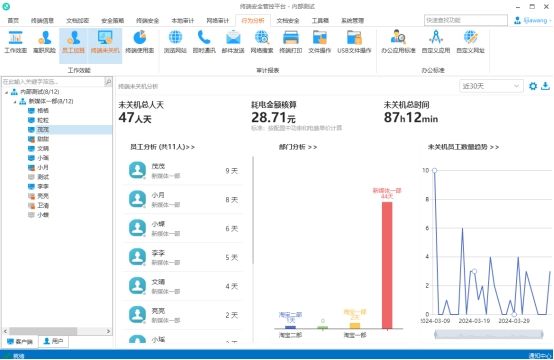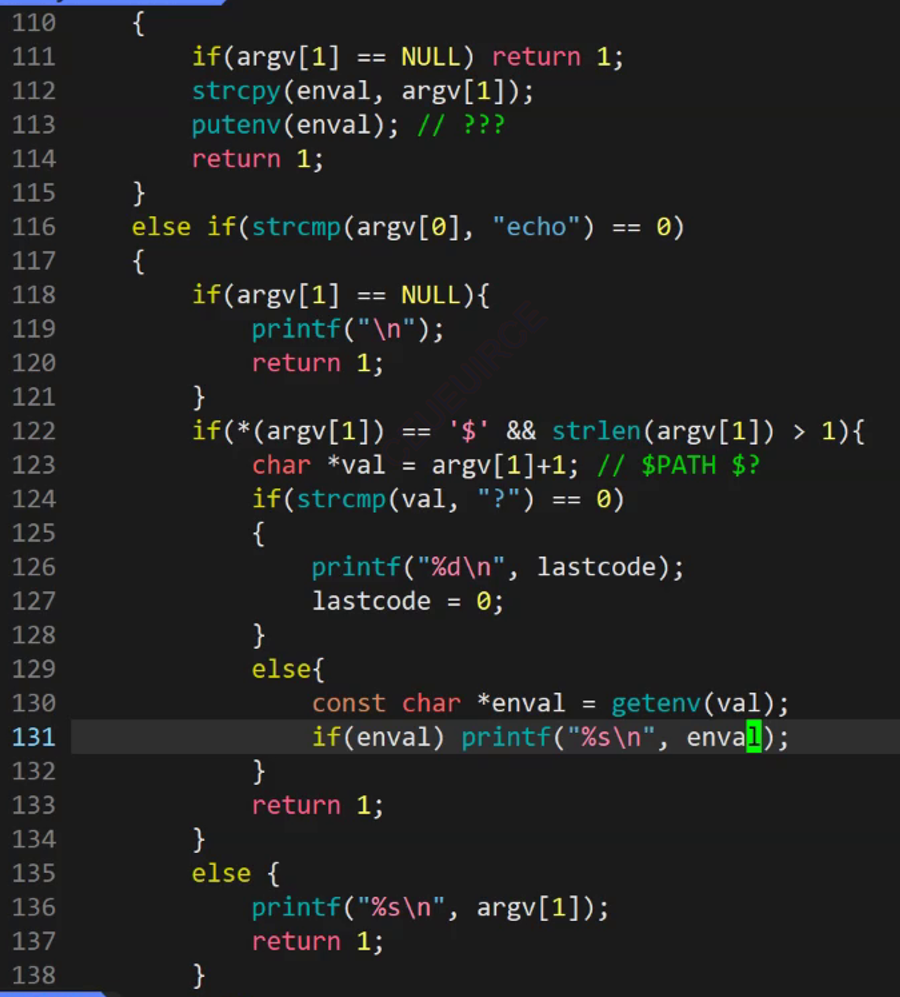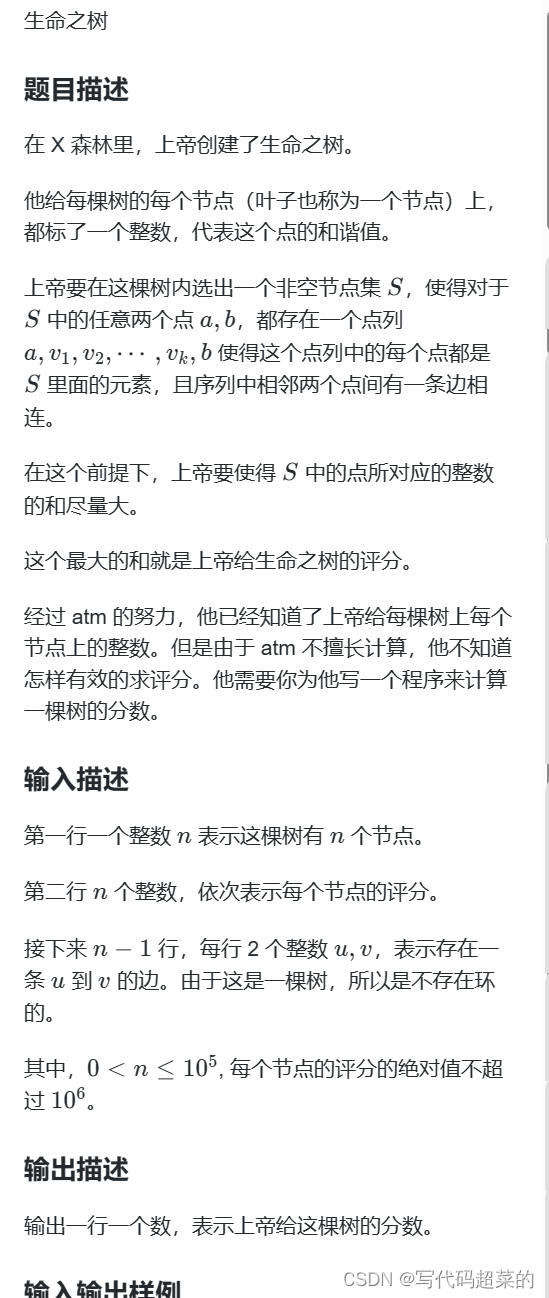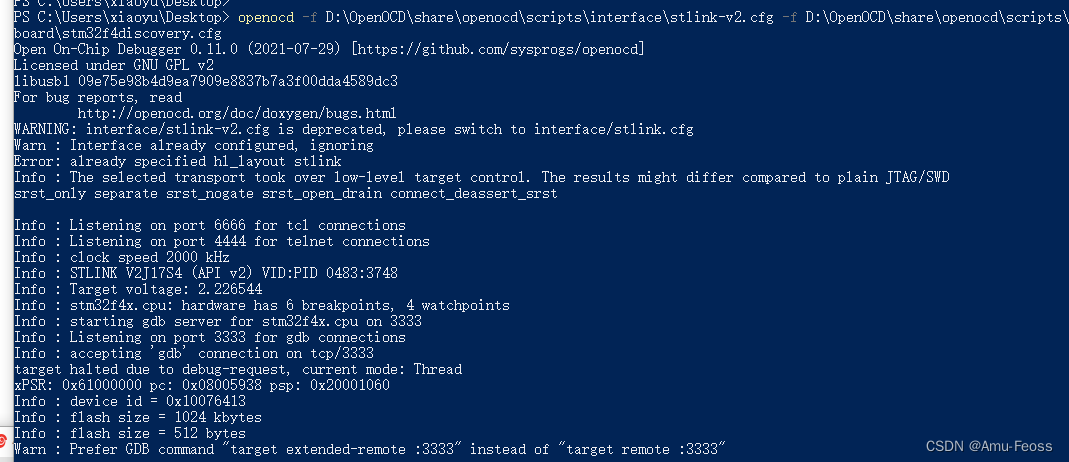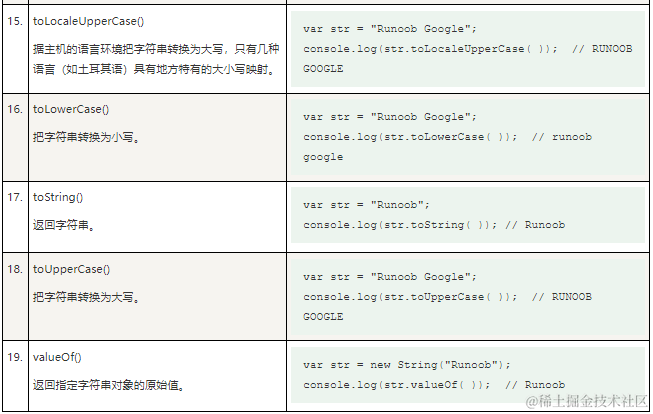OpenCV中的resize函数可以对图像做任意比例的放大(/缩小)处理,该处理过程会对图像做高斯模糊化以保证图像在进行放大(/缩小)后尽可能保留源图像所展现的具体内容(消除固定频率插值/采样带来的香农采样信息损失),但在有些场景中该方法不适用,如:部分应用场景只为了展现图像具体像素的色彩信息,则其就不需要对具体输入的图像做高斯平滑处理,则此场景需要自行实现,实现代码如下:
def enlarge_without_gauss(img, ratio:int):h,w = img.shapeimg_x_ratio = np.zeros((img.shape[0]*ratio, img.shape[1]*ratio), dtype=np.uint8)for h in range(img.shape[0]):for w in range(img.shape[1]):img_x_ratio[h*ratio:h*ratio+ratio, w*ratio:w*ratio+ratio] = img[h,w]return img_x_ratio与OpenCV自带的resize函数放大对比简易比较代码如下:
import numpy as np
import cv2def enlarge_without_gauss(img, ratio:int):h,w = img.shapeimg_x_ratio = np.zeros((img.shape[0]*ratio, img.shape[1]*ratio), dtype=np.uint8)for h in range(img.shape[0]):for w in range(img.shape[1]):img_x_ratio[h*ratio:h*ratio+ratio, w*ratio:w*ratio+ratio] = img[h,w]return img_x_ratio# 随机产生一张单通道图像
img = np.random.rand(80, 120)
img = (img * 255).astype(np.uint8)
cv2.imshow("img", img)# 设置缩放比例
RATIO = 8# 按具体像素位放大
img_enlarge_xN_without_gauss = enlarge_without_gauss(img, RATIO)
cv2.imshow("enlarge_xN_without_gauss", img_enlarge_xN_without_gauss)# 使用opencv自带函数resize放大
h, w = img.shape
img_resize_xN = cv2.resize(img, (w*RATIO, h*RATIO))
cv2.imshow("resize_xN", img_resize_xN)cv2.waitKey(0)随机产生的原图如下:

按像素放大效果(设置的8倍):

使用opencv resize函数放大(设置的8倍):

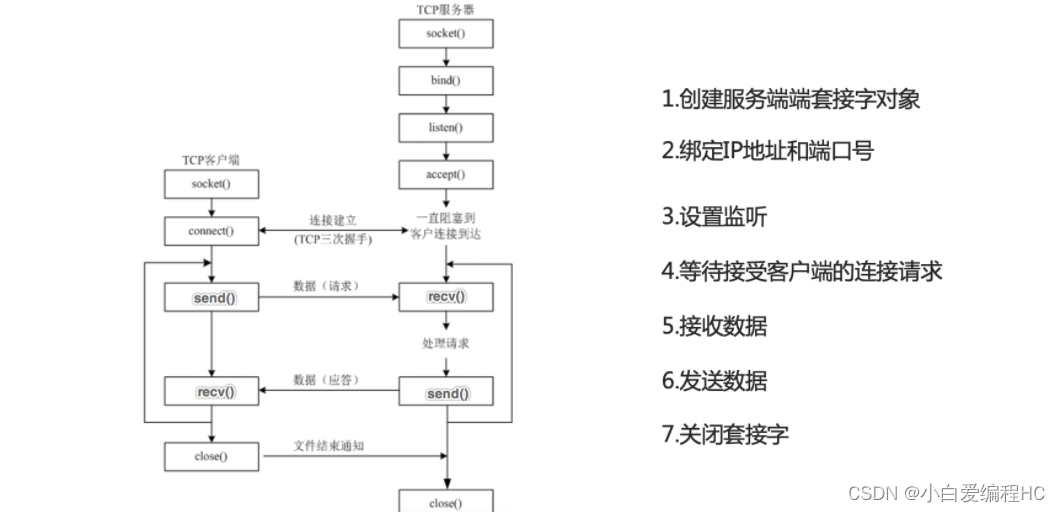

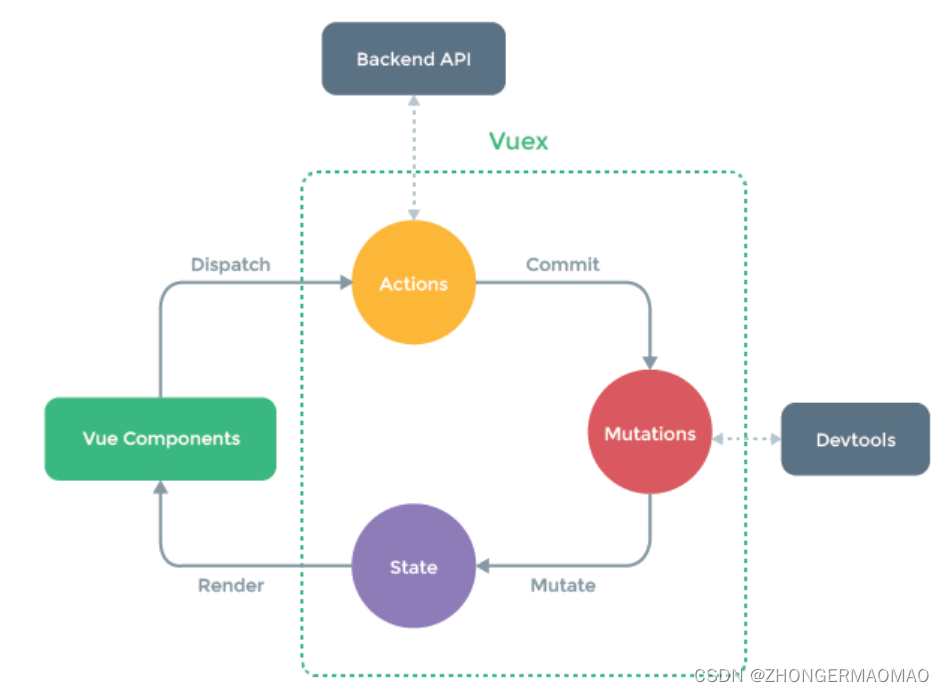
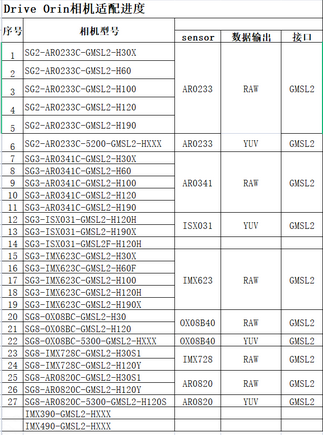





![[大模型]大语言模型量化方法对比:GPTQ、GGUF、AWQ](https://img-blog.csdnimg.cn/direct/d6c45a74737d479e9f98d0f6ed5893c4.png)
